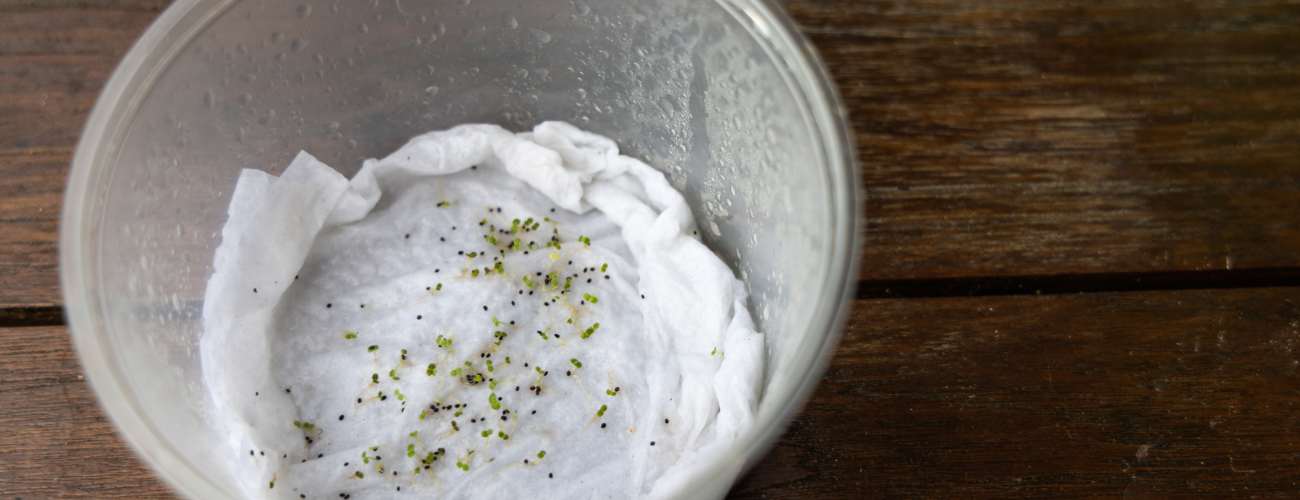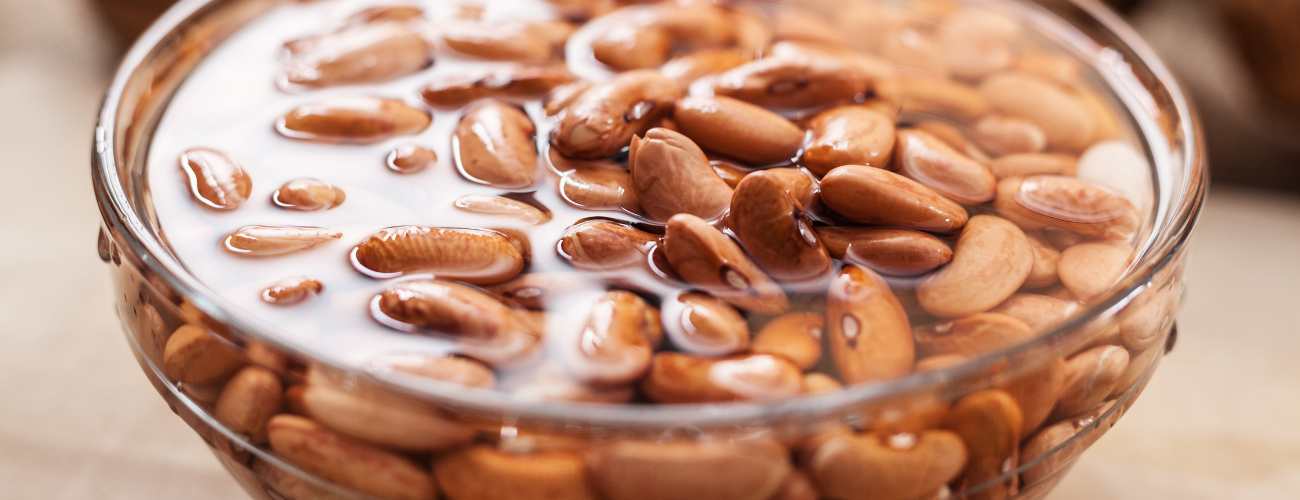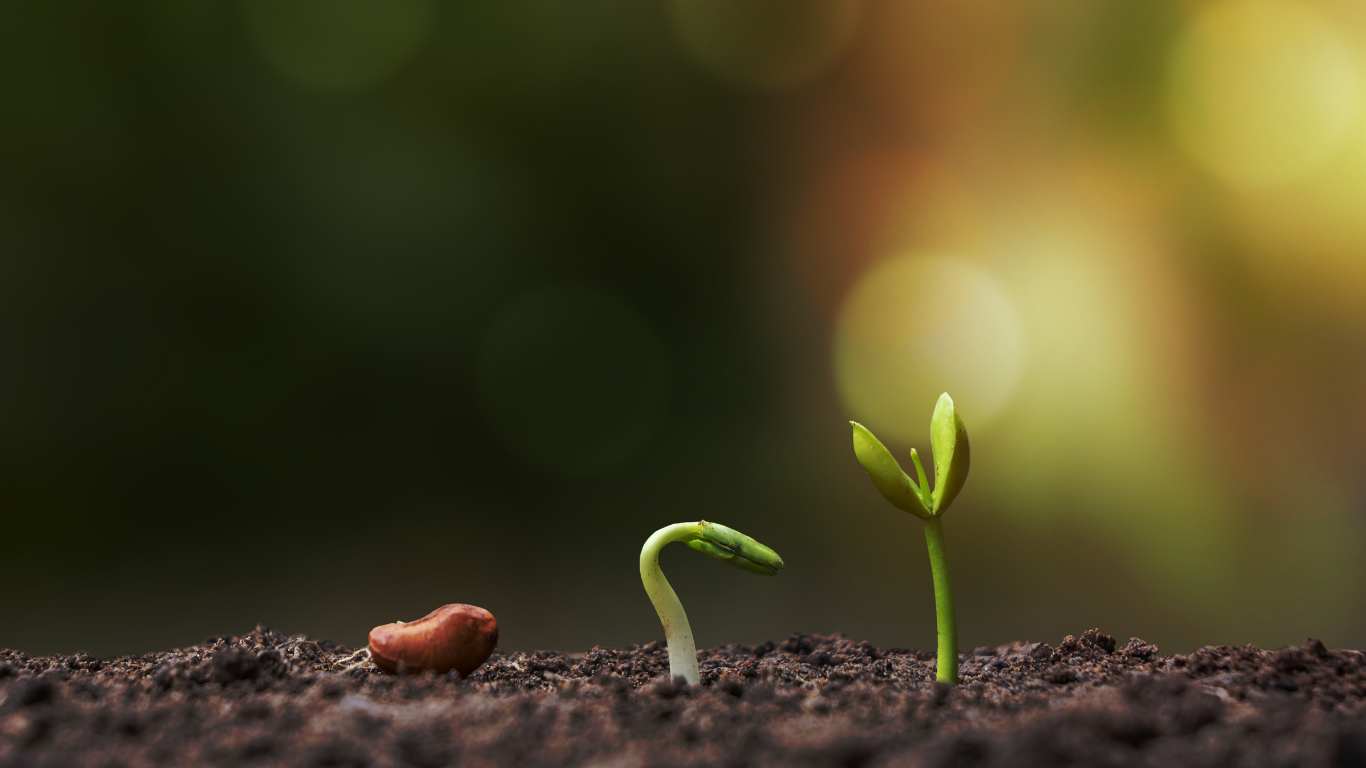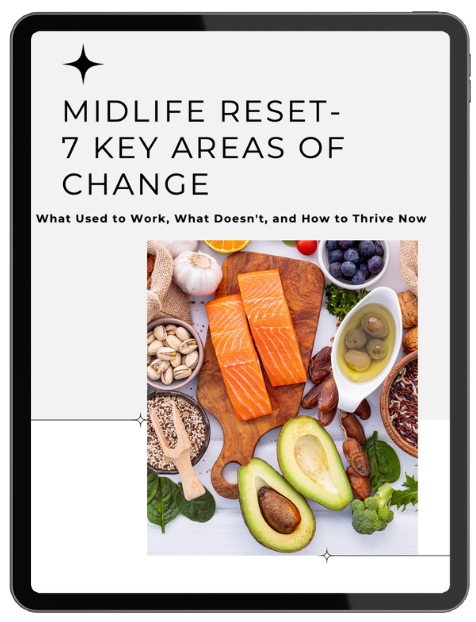Embarking on your gardening journey and wondering about the best way to kickstart seed growth? The age-old question of whether to germinate seeds in water or soil often arises.
The proper method for seed germination varies by plant type. Generally, soil is preferred, but hydroponics (using nutrient-rich water) works for some. A proper method like the paper towel technique ensures successful germination by maintaining moisture control, vital for sufficient oxygen supply.
In this blog, we’ll dive into each method, exploring the advantages and considerations to help you make the best decision for your lovely seeds.
Is It Better to Germinate Seeds in Water or Soil?
It’s not that long ago I learned that water germination is often referred to as hydroponics. This method involves soaking your seeds in a water-based solution – it’s a space-saving and fascinating approach. But here’s the catch, not all plants are on board with it.
So, before you take the plunge, ensure your seed selection aligns with your gardening goals. Think of it as matchmaking for your plants – they have their preferences too. Some, like lettuce, spinach, and herbs such as basil, are perfect candidates for water germination. But remember, seeds need oxygen to sprout, and submerging in water can be a roadblock. So, you’ve got to use the right technique when opting for water germination.
Check out my blog on organic vs regular seeds if you cannot decide between these 2 types of seeds. Alternatively, check out my other blog which gives a broader advice on which seeds to buy.
Now, there are two standout methods to explore:
- Paper Towel Method: This is a simple and effective way to germinate seeds in water. Take a damp paper towel – not sopping wet, just nicely moist. Spread your seeds evenly across it, fold it gently, and place it in a plastic bag or container with a lid. Keep it in a warm, well-lit spot. Check it regularly to ensure it’s moist but not waterlogged. Soon, your seeds should start to sprout, and when they do, you can carefully move them to the welcoming embrace of soil.
- Sponge or Sponge Cube Method: I have tried this method and I found it working very well. Place seeds on a moist sponge that provides the perfect moisture for germination. Keep the sponge in a warm and well-lit location, much like the paper towel method. As your seeds start to sprout, you can either transplant them into the soil or let them continue their journey in a hydroponic system if that’s your preference.

Remember, the key here is to maintain that just-right moisture level. Seeds need moisture to germinate, but they’re equally demanding about their oxygen supply. Avoid overdoing it, or you might end up with seed rot.
Now, let’s talk about the good old soil germination, the preferred choice for many plants. It creates an ideal environment for seeds to sprout, offering that perfect balance of moisture and oxygen. This method works wonders for plants like tomatoes, peppers, and root vegetables. They thrive when their seeds are nestled in the comforting embrace of the earth.
By understanding these methods and caring for your seeds, you’ll soon be rewarded with the delightful sight of your homegrown plants popping up. So, let your gardening journey bloom!
| Seeds Suitable for Water Germination | Seeds More Suitable for Soil Germination |
| Basil | Sunflowers |
| Lettuce | Beans (e.g., green beans) |
| Spinach | Radicchio |
| Chia Seeds | Cilantro |
| Cress | Parsley |
| Mustard | Brussels sprouts |
| Bean Sprouts | Spinach |
| Alfalfa | Beetroot |
| Coriander | Swiss chard |
| Arugula | Cabbage |
| Chives | Tomatoes |
| Watercress | Peppers |
| Pea shoots | Cucumbers |
| Wheatgrass | Zucchini |
| Oregano | Carrots |
| Nasturtium | Radishes |
| Lemongrass | Squash |
| Fennel | Broccoli |
| Dill | Cauliflower |
| Sorrel | Pumpkins |
Is It Better to Soak Seeds in Water Before Planting?
We’ve established that seeds require oxygen for successful germination, making full submersion in water an unlikely choice.
However, when it comes to the age-old practice of soaking seeds for a brief duration in water before planting, it’s a gardening technique that offers both benefits and complexities.
So, should you give it a try?
This method is favoured by many experienced gardeners for a couple of key reasons.
Firstly, it can help to soften the seed coat, making it easier for the emerging embryo to break free and commence germination.
Secondly, soaking initiates moisture absorption, giving the seeds a head starts by triggering the early stages of the germination process.
Here are some examples of seeds that benefit from soaking:
Peas and Beans: Seeds of legumes like peas, beans (e.g., green beans, kidney beans), and lentils often have hard seed coats. Soaking them for several hours or overnight can soften these tough coats, promoting quicker germination.
Sweetcorn: Soaking sweetcorn seeds can speed up germination, helping you get those delicious cobs a bit faster.
However, it’s essential to note that this approach is not universally applicable. Some seeds, primarily those with delicate coats, might not respond well to prolonged soaking and could become susceptible to rot.
As my experienced gardener mum in law said, “I love giving my bean and pea seeds a good pre-soak. It really gets the germination process moving and adds a touch of joy to the planting experience!”

Seeds that Don’t Typically Benefit from Soaking:
Carrots: Carrot seeds are tiny and don’t require soaking. In fact, pre-soaking may dislodge them from the planting site. It’s best to sow carrot seeds directly into the soil.
Spinach: Spinach seeds have thin coats that make them unsuitable for soaking. Planting them directly in the soil is a better approach.
Radishes: Radish seeds are also small and quick to germinate, typically within a week. Soaking is unnecessary and can even harm their germination process.
The crux of the matter is that the decision to soak your seeds depends on the specific type of seeds you are dealing with. Proper research is crucial. Different seeds have different preferences, and it’s essential to consult reliable gardening resources or seed package instructions to determine the ideal method for each species.
Feel free to check out my blog for insights on seed treatment and improving germination. It’s a great resource if you want to learn more about the topic of how to improve seed germination.
What Stops Seeds from Germinating?
Understanding what might prevent those little seeds from sprouting is a valuable skill. Several factors can hinder the germination process.
1. First, it’s all about temperature. Seeds are quite picky when it comes to heat, so if it’s too chilly or scorching, they might stay dormant.
2. Moisture plays a crucial role. Seeds need just the right amount of water; too much or too little can be a deal-breaker.
3. Depth is another factor. Plant your seeds too deep in the soil, and they might struggle to push through. On the flip side, sowing them too shallow can leave them exposed and vulnerable.
4. In addition to these, the right amount of oxygen is vital. Seeds need oxygen for respiration, which fuels their germination process. Soil compaction, waterlogging, or poor aeration can limit oxygen availability, which in turn hinders germination.
5. And don’t forget the light! The need varies based on seed types. Some seeds need exposure to light to trigger germination (photodormancy), while others require darkness (skotodormancy). Understanding the light preferences of your seeds is essential to creating the ideal conditions for germination.
Concerned about whether your seeds are getting enough natural light? I would encourage you to read my blog for detailed insights on the necessity of grow lights for successful seed growth and development.
6. Lastly, competition from weeds and diseases can thwart their efforts. So, nurturing your seeds with proper care, the right conditions, and a touch of patience is the key to ensuring they can overcome these hurdles and thrive into beautiful, bountiful plants.
Remember, growing your seeds is not just about growing your produce but also about connecting with nature and enjoying the process of taking control of what you and your family are consuming. Enjoy!



